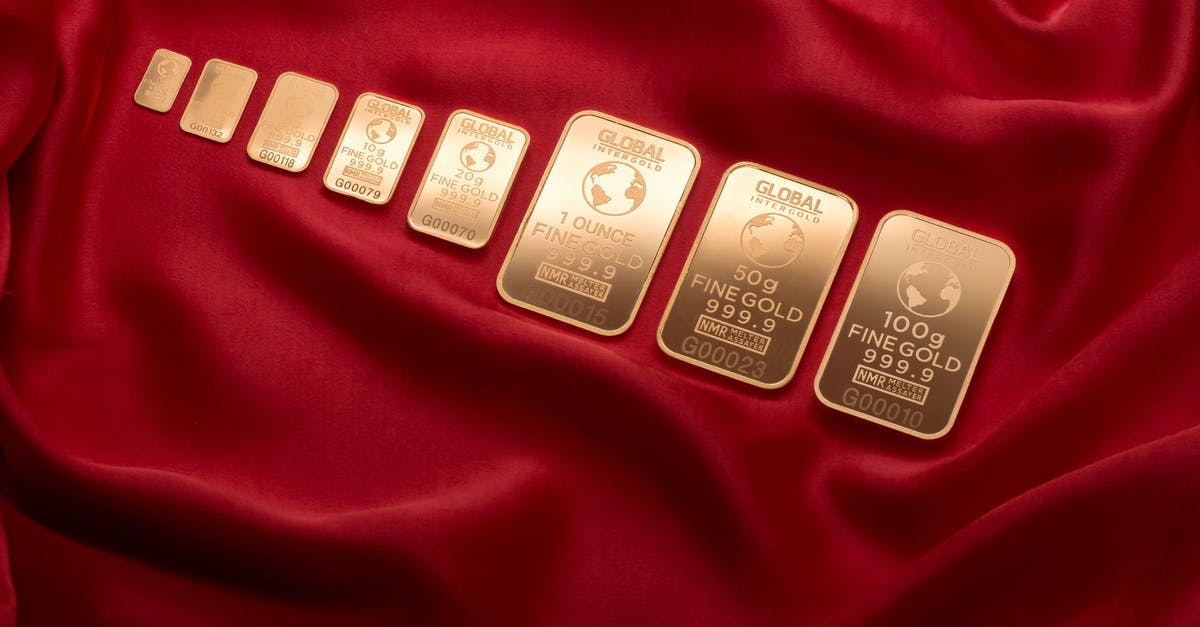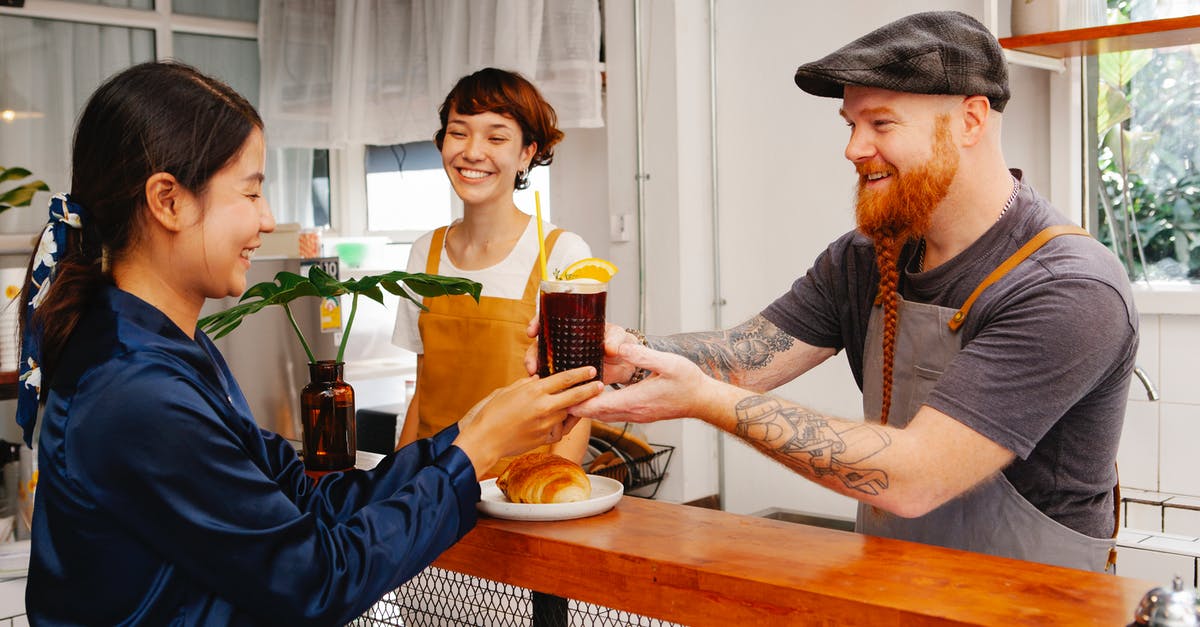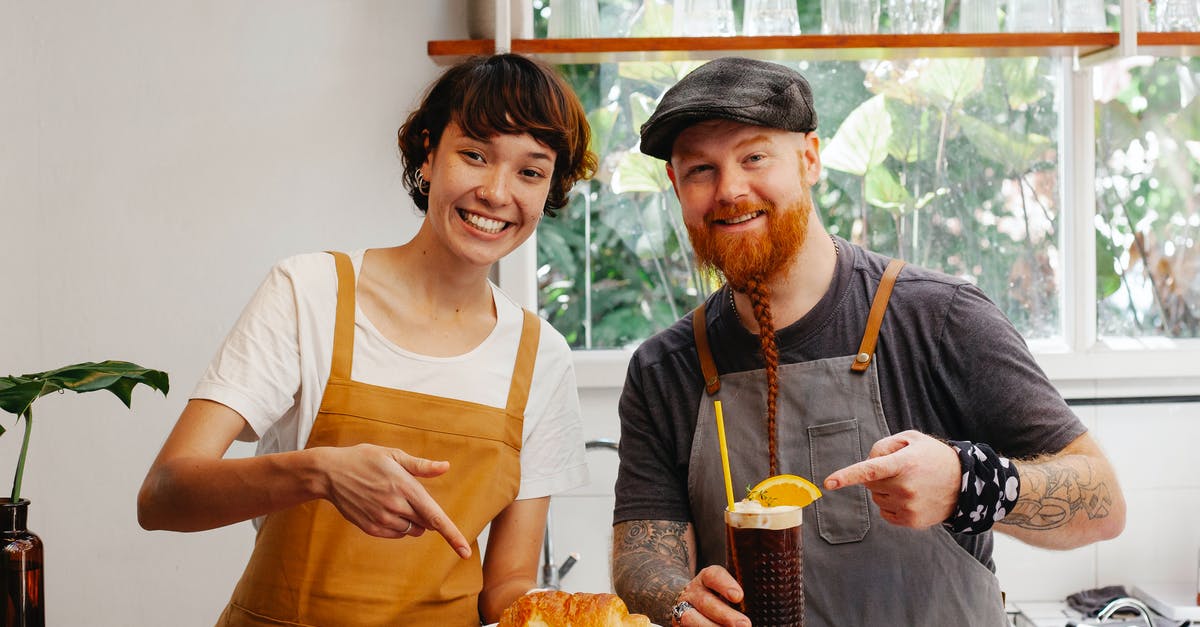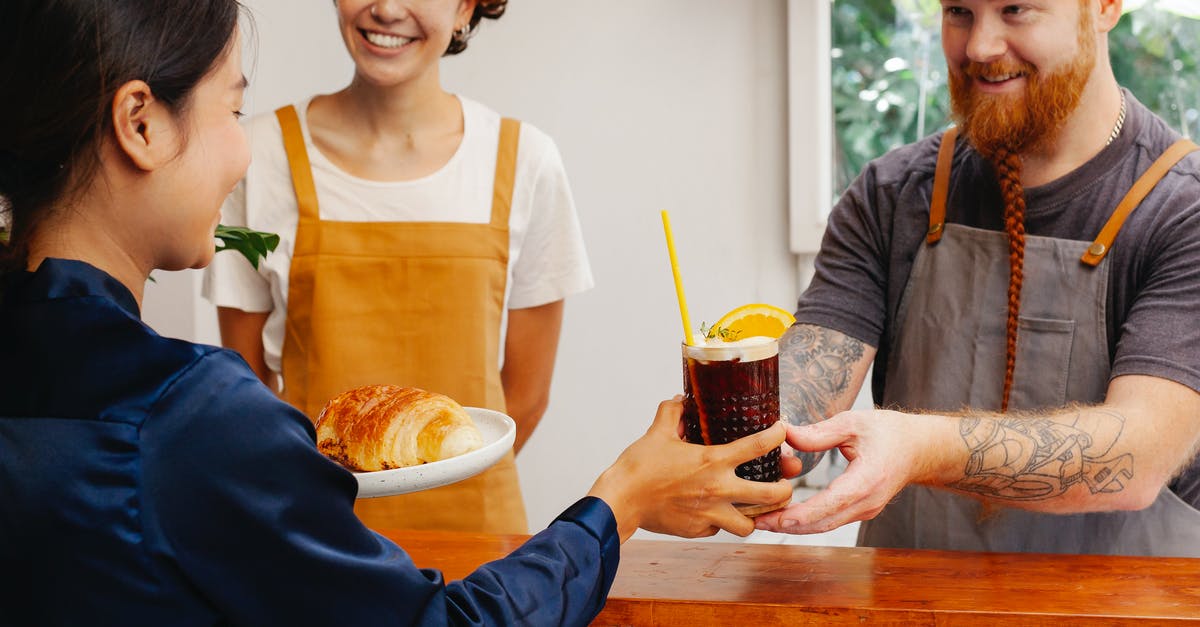How does velveting work?

The Chinese technique of velveting works. It creates a lusciously tender bit of meat, and I'm a complete advocate of making the small additional effort. If you've ever done it, you're already a believer, it's amazing. (I usually do it this way BTW)
I'm velveting shrimp as I type this, and once again I am wondering what is taking place. How does this work? At its simplest, velveting is nothing but marinating in egg and starch. How does that translate into lovely, tender pieces of all types of meat?
EDIT: A little history here would be interesting too. How long ago and how did this technique start?
Best Answer
I think what's really happening here is mostly physics, rather than any magical reaction between the meat and the "velvet" (i.e. egg and cornstarch; I'm going to use this term for brevity).
The largest effect is that the velvet adds a thin, clingy coating to the outside of the meat. When introduced to heat, that's providing a barrier to the movement of thermal energy into the meat proteins. The proteins in the egg are denaturing, the starches are gelatinizing, and that absorbs some of the energy that would otherwise have gone into your meat. The presence of sheer additional mass from the velvet also means that it simply takes more energy to raise the overall temperature. This means that the temperature increases more slowly, and can be better controlled (sort of like sous vide cooking).
As the starch gelatinizes, it's also forming a moisture-resistant barrier around the outside of the meat. That could very possibly prevent moisture from leaking out of the meat as it's squeezed out of cells with denaturing proteins. Ordinarily it would leak out into your poaching liquid (or wok if you're stir-frying, where it would rapidly boil off) but now it's trapped in the pieces of meat. This is also somewhat analogous to sous vide cooking, or maybe to poaching in oil - the food being cooked stays moist, because the water is trapped inside (by a bag in sous vide, by hydrophobic oil in oil-poaching) and has nowhere to go.
Another factor is the very gentle cooking being done, in a barely-simmering water bath for a short period of time. This is cooking the meat just up to the point of doneness, by doing so at a rather low temperature (say 210 F or so, compared to 500 F or higher for a properly hot wok) and only very briefly, with the velvet coating for additional thermal protection. After that, the meat doesn't really need to be cooked much at all - it can be tossed into a nearly finished stir-fry just to the point of being re-heated. That seems to be why this article tosses out this interesting comment:
The meat remains soft and tender. (You've probably noticed in Cantonese restaurants that stir-fried meat is almost never browned or seared.)
I hadn't given it much thought before now, but that seems to match my experience in good Chinese restaurants, at least with certain dishes. Contrasting this with stir-frying sans-velvet, think about a browned piece of meat: the surface is covered with a delicious Maillard-browned crust, but those proteins have also been cooked to the point of losing their moisture. Even if the interior of the meat is moist, the outside's been dried, literally to a crisp. With velveted meat, that's not the case - each entire piece remains moist, and there's no browned, crunchy layer.
I'll be the first to admit that much of this is conjecture, but I think it provides a reasonable explanation for some of the processes that keep velveted meat moist. Might be interesting to dig up some scientific references on the thermal gradients of proteins vs. starches - I'll see what I can find.
Pictures about "How does velveting work?"



Quick Answer about "How does velveting work?"
Velveting meat is a common practice in Chinese stir-friesDoes velveting beef work?
Also used for chicken, it's a simple, highly effective technique using baking soda that transforms economical beef so it's incredibly tender in stir fries and stir fried noodles. It's a quick and easy method that any home cook can do, any night of the week. No deep frying, no special equipment. This is a game changer!Is Velveting meat healthy?
Water velveting is a Chinese cooking method that results in the most tender chicken breast. It's a healthy way of cooking boneless chicken breast, and a great way to ensure your chicken won't be dry. I've used this cooking method with fish filet with excellent results too.Does Velveting chicken work?
Velveting is the secret! It gives the chicken that silky texture, with retained moisture and flavor from the marinade. It also protects the chicken from the hot wok, yielding juicy chicken.What are velveting ingredients?
Ingredients- 1 egg white.
- 1 tablespoon Chinese rice vinegar.
- 1 tablespoon cornstarch.
- 1 teaspoon kosher salt.
- 1 pound skinless, boneless chicken breast, thinly sliced.
- 8 cups water.
- 1 tablespoon peanut oil.
WHAT IS VELVET? | S2:E8 | Fibers \u0026 Fabrics | Beate Myburgh
More answers regarding how does velveting work?
Answer 2
According to MelindaLee.com
... stated by noted chef Ken Hom, that "velveting" is "a technique used to prevent delicate foods from overcooking.... The velvet coat protects the flavor and texture of the food when it is placed into hot oil or water." So, velveting is not exactly a tenderizing method – but it keeps foods from becoming tough.
I'm not sure that I completely accept this as a complete 'reason,' myself, as there are other factors. The method you've cited uses boiling instead of 'passing through oil.' and in addition to that and the stir-fry steps, there's a risk of overcooking and toughening the meat.
There are lots of things I don't understand :-)
Sources: Stack Exchange - This article follows the attribution requirements of Stack Exchange and is licensed under CC BY-SA 3.0.
Images: Michael Steinberg, Tim Douglas, Tim Douglas, Tim Douglas
